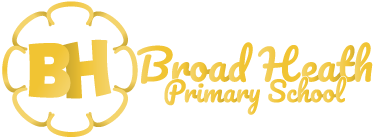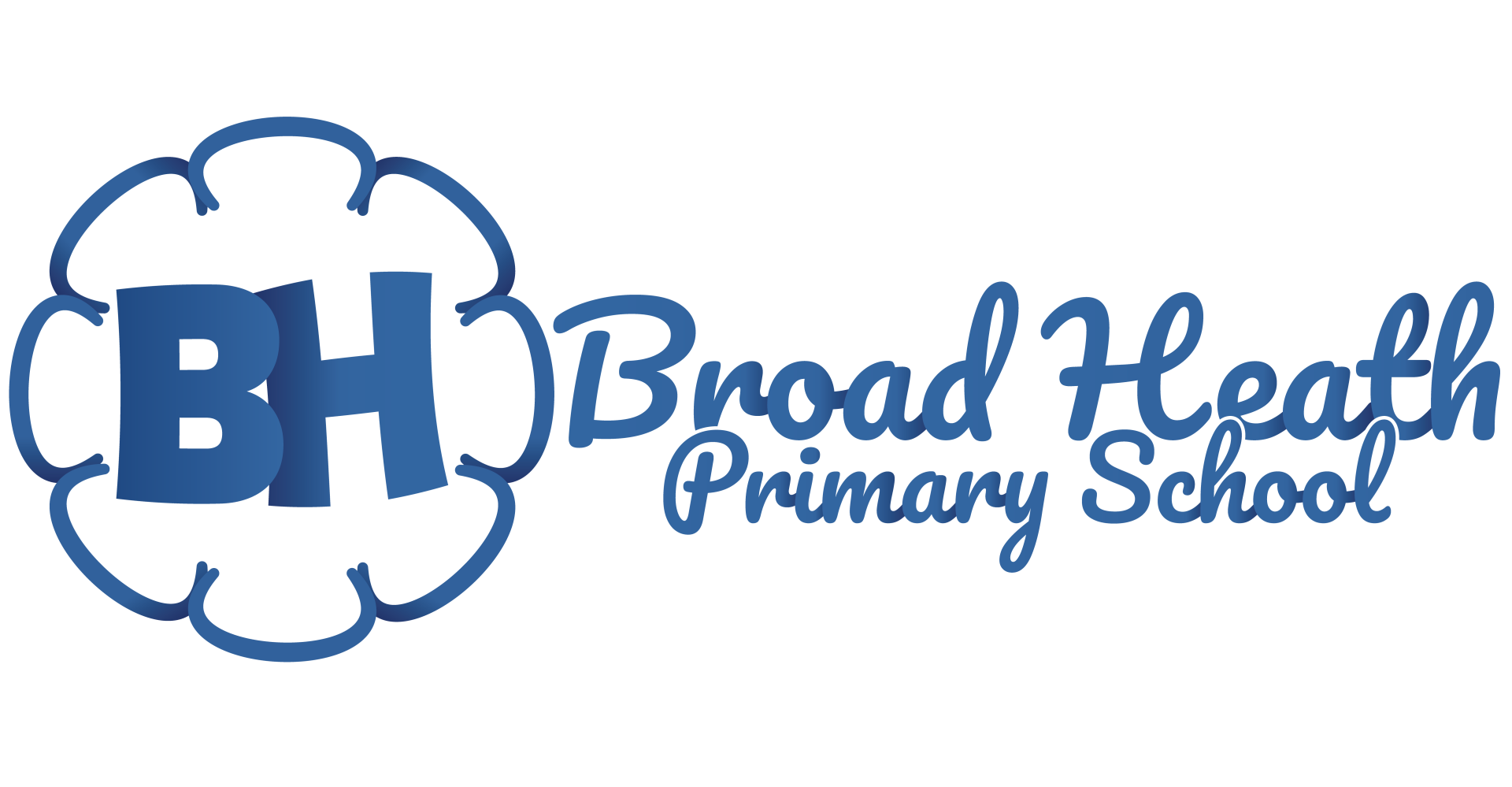| Term | CL | PSED | Physical Development | Literacy | Mathematics | UW | EAD | Wow opportunities |
| Autumn 1 This is Me | *To engage in story times *To listen to and talk about stories *Understand how to listen carefully and why listening is important *To talk about myself and my physical features | *See themselves as a valuable individual *Build constructive and respectful relationships *Express their feelings and consider the feelings of others *Manage own needs *To understand who I am | *Develop skills needed to manage the school day successfully *Revise and refine the fundamental movement skills already acquired: rolling, crawling, walking, jumping, running, hopping, skipping, climbing *To develop fine and gross motor skills | Writing *To write some letters accurately *To write some or all of my name Reading *To recognise words with the same initial sound *To read individual letters by saying the sounds for them | *Count objects, actions and sounds *Subitise *Continue, copy and create repeating patterns | *Talk about members of immediate family and community *Name and describe people who are familiar to them *Understand what the word ‘family’ means *To know that we are all part of a school family | *Explore, use and refine a variety of artistic effects to express their ideas and feelings *Create collaboratively, sharing ideas, resources and skills *To create self-portraits *To identify facial features and represent these artistically | Effective transition into Reception Well Being Day Exploring my new school surroundings |
| Autumn 2 Fantastic Lights | *Learn new vocabulary *Ask questions to find out more *Learn rhymes, poems and stories *Use new vocabulary *To discuss celebrations that happen within our own lives | *Show resilience and perseverance in the face if challenge *Identify and moderate their own feelings socially and emotionally *Think about the perspective of others *Manage own needs *Showing respect for other cultures and beliefs | *Revise and refine the fundamental movement skills already acquired: rolling, crawling, walking, jumping, running, hopping, skipping, climbing *Progress towards a more fluent style of moving, with developing control and grace. *Develop small motor skills to use a range of tools competently. | Writing *To form recognisable letters *To be able to ‘write’ in different styles eg letters, invitations, cards etc Reading *To read individual letters by saying the sounds for them *To orally be able to blend sounds into words. | *Link the number symbol with its cardinal number value. *Count beyond 10 *Compare numbers *Select, rotate and manipulate shapes to develop spatial reasoning skills | *Comment on images of familiar situations in the past *Compare and contrast characters from stores, including figures from the past *Understand that some places are special to members of their community *Recognise that people have different beliefs and celebrate special times in different ways | *Sing in a group, increasingly matching the pitch and following the melody *Develop storylines in pretend play | Trip to Hatton Country Farm and trip to see Santa. Well Being Day. Nativity performance. |
| Spring 1 Favourite Stories | *To connect one idea or action to another using a range of connectives *Describe events in some detail *Develop social phrases *Retell the story, developing a deep familiarity with the text. | *Know and talk about the different factors that support their overall health and wellbeing *To empathise with characters from a story explaining how they may be feeling *To compare different characters from stories commenting on their personal attributes. | *Develop overall body strength, co-ordination, balance and agility *Use core muscle strength to achieve a good posture when sitting *Combine different movements with easy and fluency *Develop the foundations of a handwriting style | Writing *Spell words by identifying the sounds and writing them *To form letters correctly *Begin to write all the sounds that can be heard in CVC words Reading *Read a few common exception words *Read some letter groups | *Understand the one more/one less relationship between consecutive numbers *Explore the composition of numbers to 10 *Compare length, weight and capacity | *Draw information from a simple map *To compare our local environment to those in stories *Identifying animals that can fly and those that can not | *Return to and build on their previous learning, refining ideas *Listen attentively, move to and talk about music, expressing own feelings and responses *Use a range of tools and materials to work creatively. | Character Day (dressing up) Well Being Day |
| Spring 2 People Who Help Us | *Engage in non-fiction books *Listen to and talk about selected non-fiction to develop a deep familiarity with new knowledge and vocabulary. *Ask how and why questions to develop a deeper understanding | *Know and talk about the different factors that support their overall health and wellbeing *To appreciate those people in our community who help us | *Confidently and safely use a range of large and small apparatus indoors and outdoors. *Develop overall body-strength, balance, co-ordination and agility *Further develop and refine a range of ball skills *Further refine fine and gross motor skills | Writing *To form upper- and lower-case letters correctly *To begin to write a simple caption Reading *To blend sounds into words *To make a prediction about a story | *Automatically recall number bonds for numbers 0-5 and some to 10. *Compose and decompose shapes | *Recognise some environments that are different to the ones in which they live *To identify people in our local community who help us and develop an understanding of how they do this | *Watch and talk about dance and performance art, expressing own feelings and responses *Explore and engage in music making and dance *Work collaboratively to create art pieces | Visits from: *Police *Firefighters *Doctors *Teachers Walk to local area to meet local shop keepers. Well Being Day World Book Day |
| Summer 1 Living and Growing | *Listen attentively and respond to what they hear with relevant questions, comments and actions when being read to and during whole class discussions and small group interactions. *To talk about what they can see happening *Engage in non-fiction texts | *Work and play cooperatively and take turns with others *Explain the reasons for rules, know right from wrong and try to behave accordingly. *To show respect and care for living things | *Use a range of small tools, including scissors, paintbrushes and cutlery. *Begin to show accuracy and care when drawing. *Negotiate space and obstacles safely, with consideration for themselves and others. *Demonstrate strength, balance and coordination when playing. | Writing *Write recognisable letters, most of which are correctly formed. *Spell words by identifying sounds in them and representing the sounds with a letter or letters. Reading *Say a sound for each letter in the alphabet and at least 10 digraphs. *Read words consistent with their phonic knowledge by sound-blending. | *Have a deep understanding of number to 10, including the composition of each number. *Subitise (recognise quantities without counting) up to 5. *Compare quantities up to 10 in different contexts, recognising when one quantity is greater than, less than or the same as the other quantity. | *Understand the effect of changing seasons on the natural world around them *Describe what they see, hear and feel whilst outside *Explore the natural world around them, making observations and drawing pictures of animals and plants. *Understand some important processes and changes in the natural world around them, including the seasons and changing states of matter. | *Safely use and explore a variety of materials, tools and techniques, experimenting with colour, design, texture, form and function. *Sing a range of well-known nursery rhymes and songs. *Perform songs, rhymes, poems and stories with others, and (when appropriate) try to move in time with music | Trip to Coombe Abbey Country Farm. Well Being Day. |
| Summer 2 Journeys | *Asking how and why questions to develop a deeper understanding. *Engaging in non-fiction texts. *Using talk to communicate personal journeys they have been on. | *Understanding the personal journey they are on as they prepare to move into Year 1. *Explaining own feelings and understanding the feelings of others. *Be confident to try new activities and show independence, resilience and perseverance in the face of challenge. | *Hold a pencil effectively in preparation for fluent writing – using the tripod grip in almost all cases. *Move energetically, such as running, jumping, dancing, hopping, skipping and climbing. | Writing *Write recognisable letters, most of which are correctly formed. *Spell words by identifying sounds in them and representing the sounds with a letter or letters. *Write simple phrases and sentences that can be read by others. Reading *Read aloud simple sentences and books that are consistent with their phonic knowledge, including some common exception words. | *Automatically recall (without reference to rhymes, counting or other aids) number bonds up to 5 (including subtraction facts) and some number bonds to 10, including double facts. *Verbally count beyond 20, recognising the pattern of the counting system. *Compare quantities up to 10 in different contexts, recognising when one quantity is greater than, less than or the same as the other quantity. | *Explain some similarities and differences between life in this country and life in other countries, drawing on knowledge from stories, non-fiction texts and (when appropriate) maps. *Know some similarities and differences between the natural world around them and contrasting environments, drawing on their experiences and what has been read in class. | *Make use of props and materials when role playing characters in narratives and stories. *Invent, adapt and recount narratives and stories with peers and their teacher. *Work collaboratively using a range of artistic resources. | Trip to the Transport Museum. Well Being Day. |

